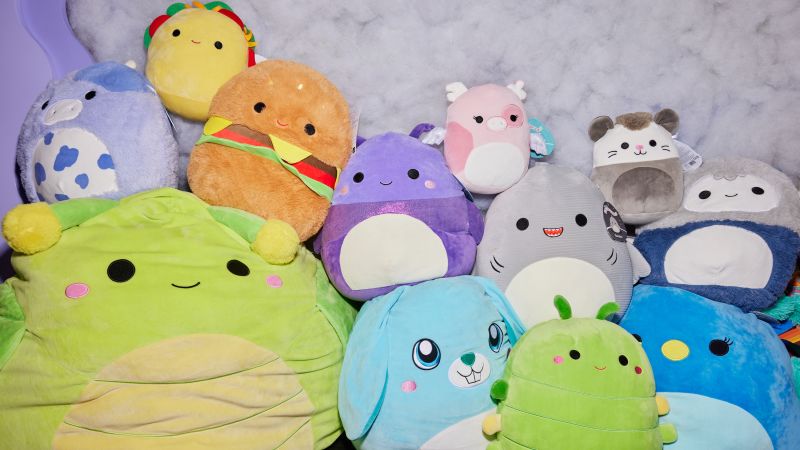Adults are now the largest demographic purchasing toys for themselves, spending $1.5 billion on toy-related purchases in the first quarter of the year, outpacing the historically dominant preschooler market. As many as 43% of adults purchased toys for themselves in the past year, citing reasons such as personal fun, socialization, and collecting. Popular toy products among adults include trading cards, Squishmallows, Lego sets, and sports toys. This shift in toy purchasing habits has helped to counter the decline in overall toy sales, which were down 1% compared to the same period last year but still up 38% compared to 2019. Factors such as the growing adult toy market, the spending power of higher income households and grandparents, and the popularity of toys during the pandemic have been cited as driving positive trends in the industry.
The mainstreaming of the adult toy market has been attributed to the pandemic, with people looking to reconnect with toys that made them happy as children during lockdowns. Toy collectors, in particular, ramped up their interest in toys of all kinds, including dolls, action figures, and diecast vehicles. Board games, Lego building sets, and trading cards have also seen a resurgence in interest among adults. Toymakers are now introducing new products specifically targeted at the adult population, such as the X-Men 97 Marvel Legends action figure collection from Hasbro and the Star Wars The Black Series Clone Caption Rex role play helmet, both aimed at adult audiences. Traditional modeling kits have been replaced by Lego sets, which appeal to adults seeking a therapeutic creative outlet.
According to industry experts, the rise of adult toy purchasing has been fueled by the collector market for brands like Barbie and Hot Wheels, which have become increasingly popular in the last five years. While adults have always purchased toys for themselves, the niche collector market has now gone mainstream, with a wider range of adults showing interest in toys. In addition to personal enjoyment, socialization, and collecting, adults are also buying toys for nostalgic reasons, seeking to revisit their childhood play experiences. The trend of adults buying toys for themselves has been met with new product offerings from toymakers, catering specifically to adult tastes and interests.
Despite the positive trend of adult toy purchasing, there are challenges facing the toy industry, such as rising household debt, slowing GDP growth, and fluctuating consumer confidence. However, industry experts remain optimistic about the future of the toy industry, citing factors such as the spending power of higher income households and grandparents as potential drivers of future growth. While adult interest in toys has been a significant contributor to the industry’s resilience, toymakers are also introducing new products targeted at the adult population to capitalize on this growing market segment. The shift towards adults buying toys for themselves has led to changes in the types of products being offered, with toymakers focusing on creating items that appeal to adult interests and preferences, such as collectibles, role play items, and building sets.


